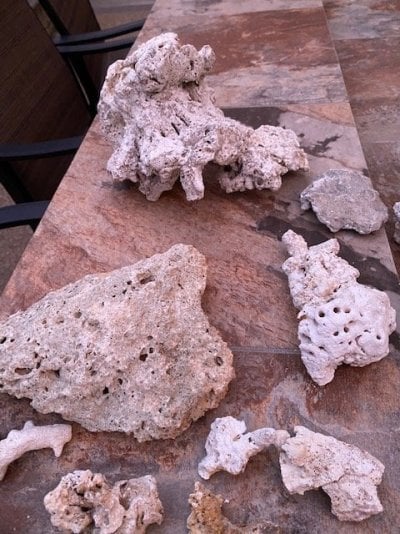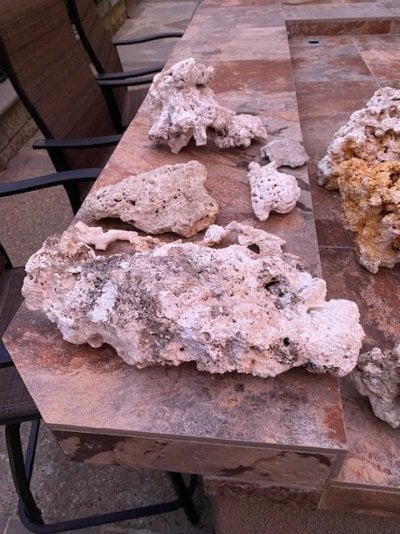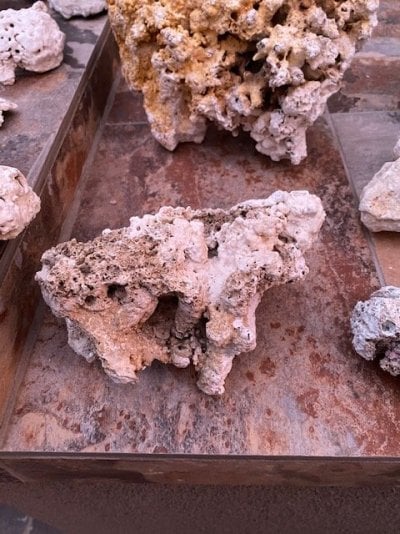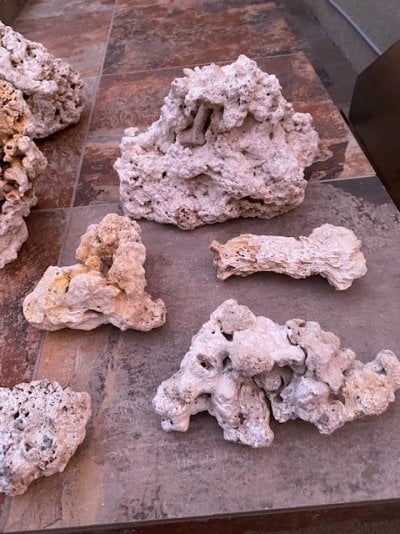- Joined
- Jul 15, 2019
- Messages
- 129
- Reaction score
- 40
I'm fairly new to the form so I'm not sure if this is where to post this. I have another post in the "Member Tank" section but this seems to be a better place.
I've been reading several threads on setting up new tanks and watching several videos. I have a 45 gallon acrylic tank and a 35 gallon sump. I've managed to find a Somatic skimmer, Hyggar pump and several pounds of dry rock and sand. One of the videos I watched discussed "curing" the dry rock. It went through several steps including the first which included using bleach in the water for a day and a second step which included muriatic acid with the water for another day. The last step was a bath in salt water before placing the rock in the tank.
Are all 3 steps required? I have a large Rubbermaid container that I should be able to use so if all 3 steps are needed I could use it to accomplish that. It did say to put a power head in the container during the last step. If this all sounds correct let me know and I'll get started.
I've also ordered an RO system to start building up the necessary water to fill the tank. My next question is do I mix the water and salt in a third container then add it to the tank or can I just pour the RO water into the tank with the dry rock set up and add the salt until I get the correct saturation?
Thanks again for all the help on this first tank,
Joe
I've been reading several threads on setting up new tanks and watching several videos. I have a 45 gallon acrylic tank and a 35 gallon sump. I've managed to find a Somatic skimmer, Hyggar pump and several pounds of dry rock and sand. One of the videos I watched discussed "curing" the dry rock. It went through several steps including the first which included using bleach in the water for a day and a second step which included muriatic acid with the water for another day. The last step was a bath in salt water before placing the rock in the tank.
Are all 3 steps required? I have a large Rubbermaid container that I should be able to use so if all 3 steps are needed I could use it to accomplish that. It did say to put a power head in the container during the last step. If this all sounds correct let me know and I'll get started.
I've also ordered an RO system to start building up the necessary water to fill the tank. My next question is do I mix the water and salt in a third container then add it to the tank or can I just pour the RO water into the tank with the dry rock set up and add the salt until I get the correct saturation?
Thanks again for all the help on this first tank,
Joe

























